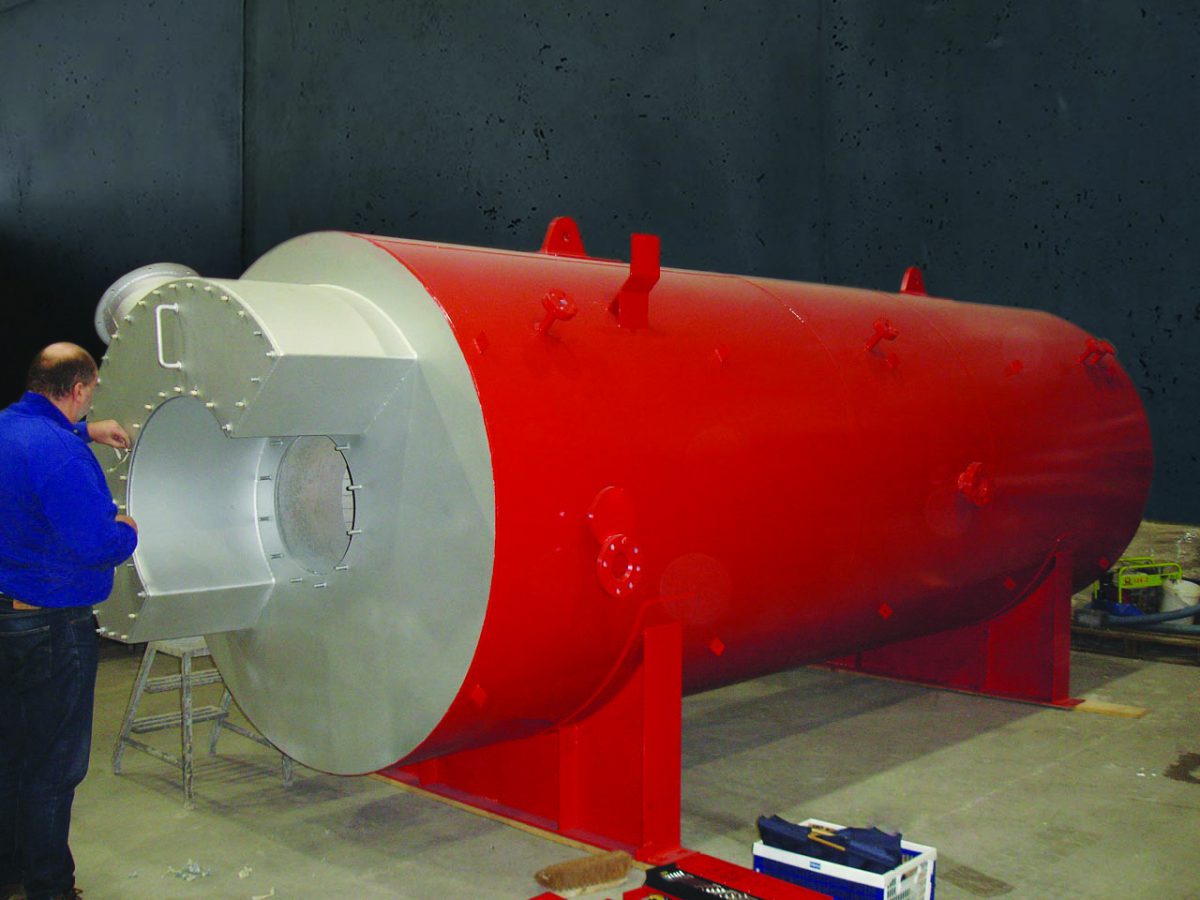Incinerators
Nutara can offer a comprehensive range of gasification - combustion systems for a wide range of waste gases, waste liquids, sludge and solid waste.
These designs include amongst others:
- Horizontal incinerators for waste gases and liquids with minimal ash/salt formation
- Vertical incinerators including slagging furnaces for salt and ash containing wastes
- Vertical temperature controlled combustors/ thermal oxidisers for waste gases and vapours
- High intensity incinerators for lean waste gases and liquids
- Recuperative thermal oxidisers for lean waste gases and liquids
- Reduction-reoxidation (Redu-Reox) low NOx incinerators for compounds containing bound-nitrogen
- Oxidation reduction low NOx incinerator for ammonia and waste streams containing bound-nitrogen (Ledenox incinerators)
- Oxidation reduction furnaces for sulphur recovery units (SRU)
- Tail gas incinerators for SRU’s or other processes

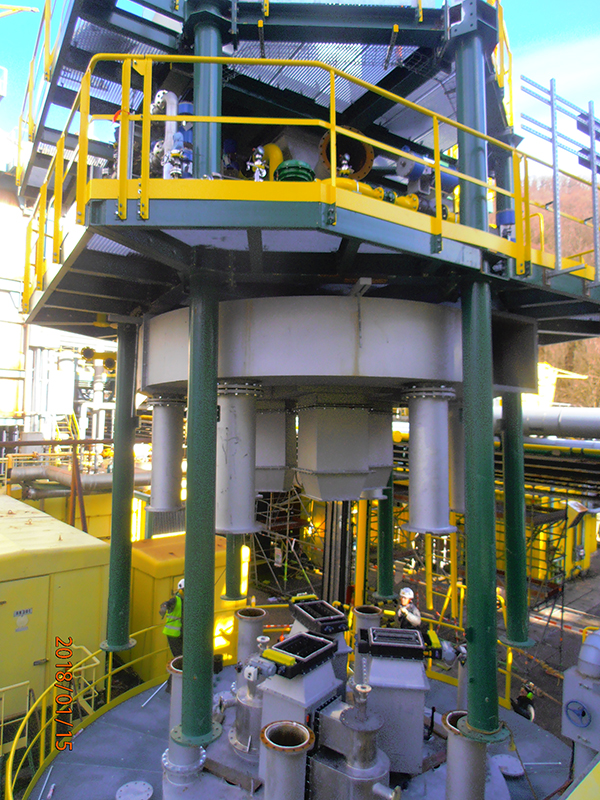
All our designs are optimized towards flexibility, robustness, low emissions, high thermal efficiency and reliability.
With over 100 incinerators in operation in over 20 countries Nutara can demonstrate a solid track record.
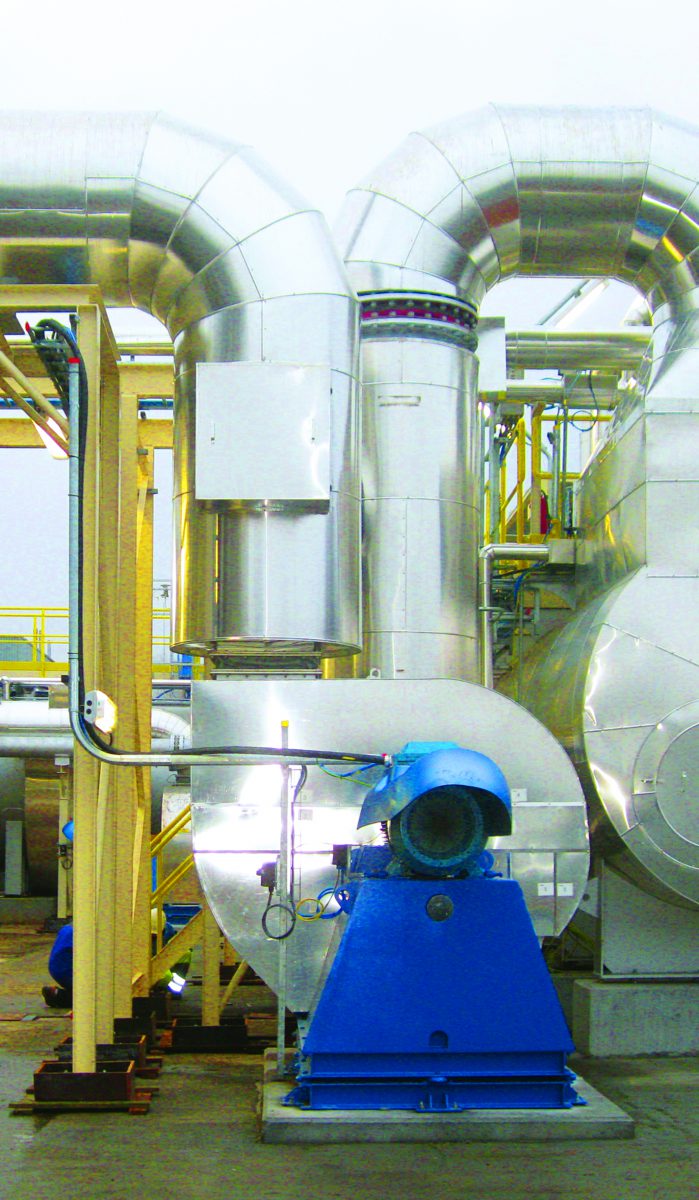
- Pyrolysis furnaces for hazardous waste
- Rotary kiln incinerators for mixed waste including drums and packaged waste, hospital waste, solid waste, sludge
- Fluidized bed incinerators for chemical and biological sludge, solid waste with high moisture content such as RDF from pulping operations, refuse derived fuel and bio-waste
Horizontal and Vertical Incinerators
Normal incinerators for waste gas and/or waste liquids are used to destroy the hazardous waste streams with an efficiency higher than 99.99% whilst maintaining low NOx, CO and TOC emissions. Each incinerator is designed to meet project specific requirements, using standard modules and concepts. Vertical incinerators are mostly used where high dust formation e.g. ash or salt, are present. Most liquid and waste gas incinerators are horizontally configured.
Key Features
- Horizontal or vertical arrangement
- Executed with or without mixing wall
- Custom burner arrangements with separate waste gas or waste liquid injection lances, in the incinerator front wall, roof or body.
- Designed to maintain a minimum residence time, typically one or two seconds, at a minimum temperature, typically 850°C or 1150°C depending on local legal requirements
Key Advantages
- Destruction efficiency over 99.99%
- Production of clean flue gases at high temperatures, as input for waste heat recovery units
- No CO formation and low NOx emissions
- Complete odour destruction

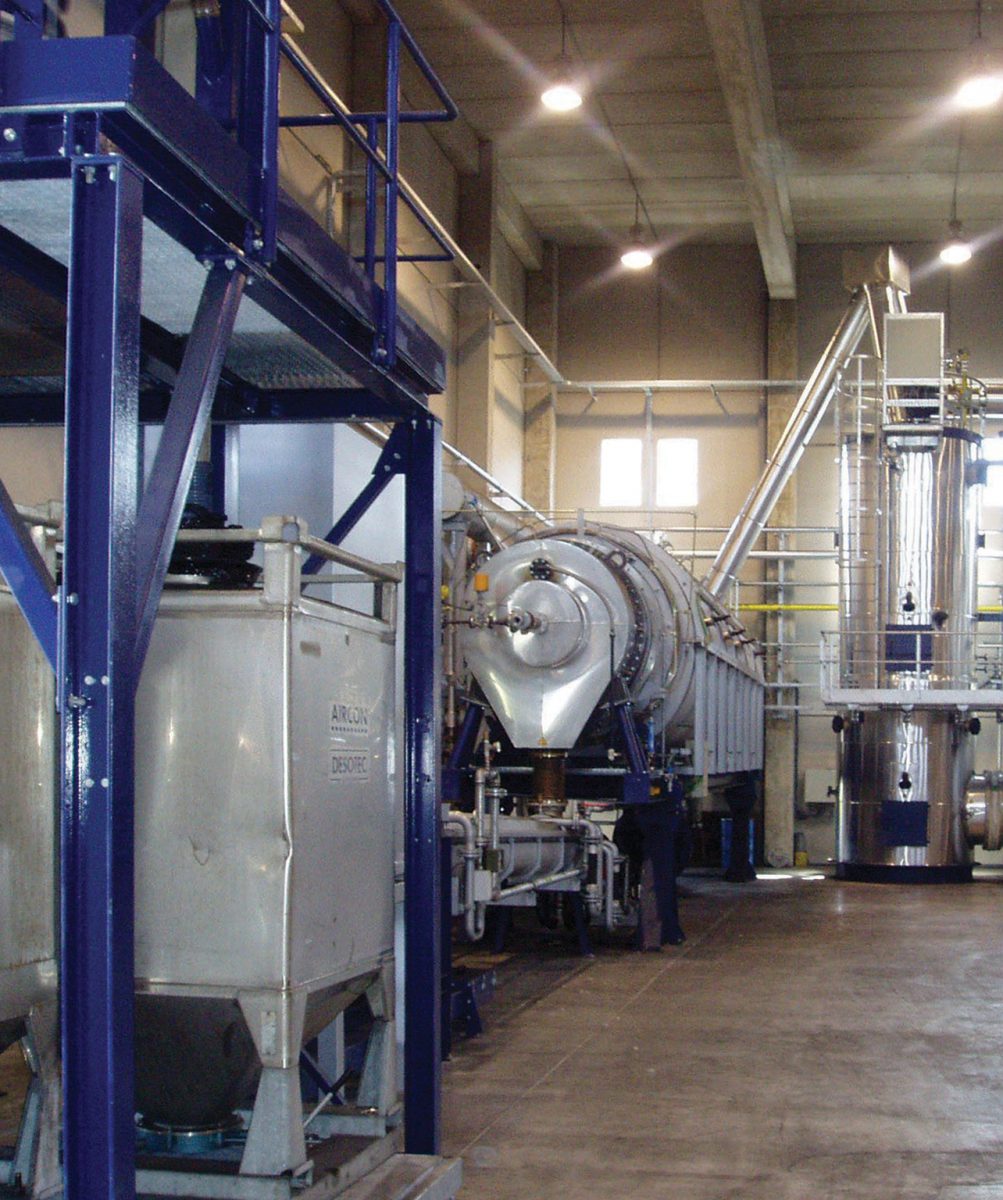

High Intensity (HI) Incinerators
The HI Incinerator features a combustion chamber with a mixing wall which divides this chamber into a high temperature combustion HI zone and a lower temperature post-combustion zone. This particular configuration is most suited to the fuel efficient combustion of lean waste gases and effluents, as it reduces the need for any support fuel.
Key Features
- Combustion chamber with mixing wall
- High intensity combustion zone at elevated temperatures
- Waste gases and liquids are delivered to the HI zone through the burner and a series of injection lances.
- The mixing wall creates a high temperature zone around flame ensuring complete oxidisation and also to increase turbulence, thus avoiding cold spots and the formation of CO
- Post-combustion zone after the mixing wall to ensure residence time of two seconds at >850°C
Key Advantages
- All hydrocarbons are destroyed
- No CO formation
- Complete odour destruction
- Up to 20% fuel saving
- Destruction efficiency over 99.99%

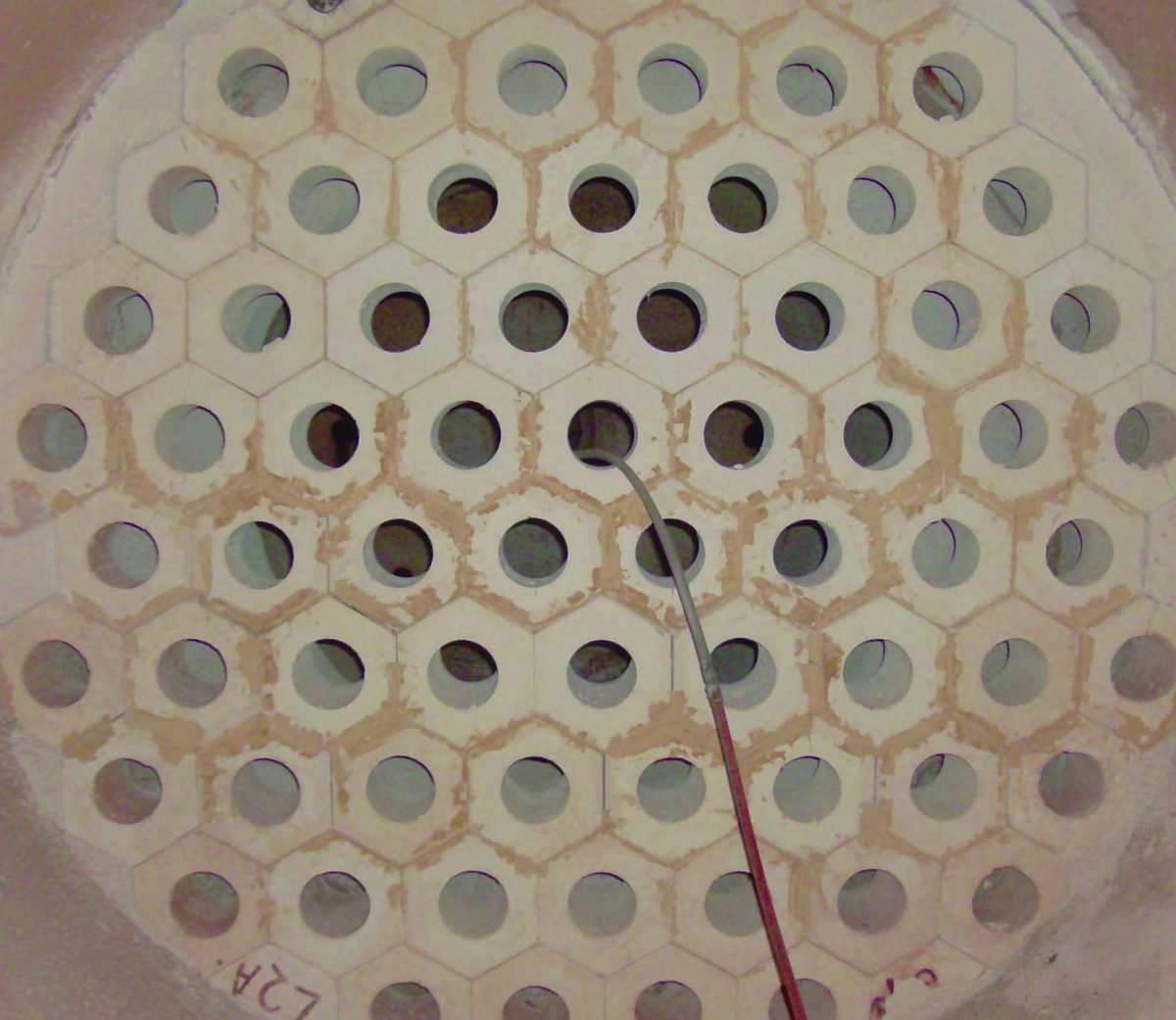
Redu-reox Incinerators
A Redu-reox incinerator features three reaction chambers for the low NOx combustion of waste streams and fuels with a high organically bound Nitrogen content. In the first reaction chamber a reducing environment is maintained to ensure that any free Oxygen will react with Hydrogen and Carbon to form water and CO2. No Oxygen is left to combine with Nitrogen to form NOx. Complete combustion is achieved in the re-oxidation chamber, after the gases have been cooled in the quench stage. The temperature in the re-oxidation chamber is below 950°C to ensure that any Oxygen reacts with Carbon and Hydrogen and not Nitrogen, to minimize formation of thermal NOx.
Key Features
- Three reaction chambers with staged combustion and intermediate flue gas cooling
- First chamber operating under a reducing atmosphere at a temperature above 1250°C
- Second chamber to quench the flue gases to about 800°C by either injection of steam or recirculated flue gas
- Third or re-oxidation chamber for the post-combustion of remaining waste components at temperatures above 900°C
Key Advantages
- Ultra-low NOx combustion of waste streams with high bound Nitrogen contents
- Complete oxidation with all hydrocabons destroyed
- No CO formation
- Complete odour destruction
- No need for SNCR or SCR deNOx to meet emission limits
- Destruction efficiency over 99.999%
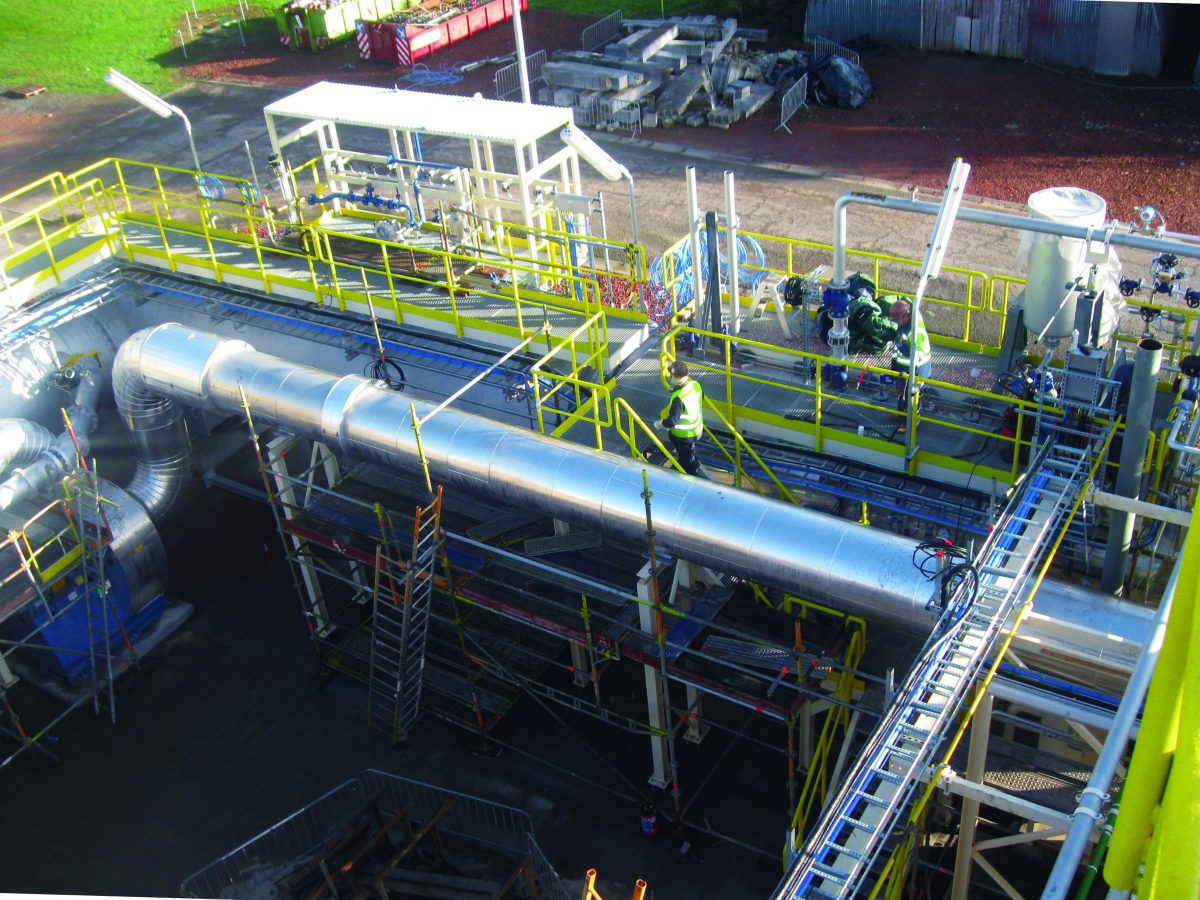
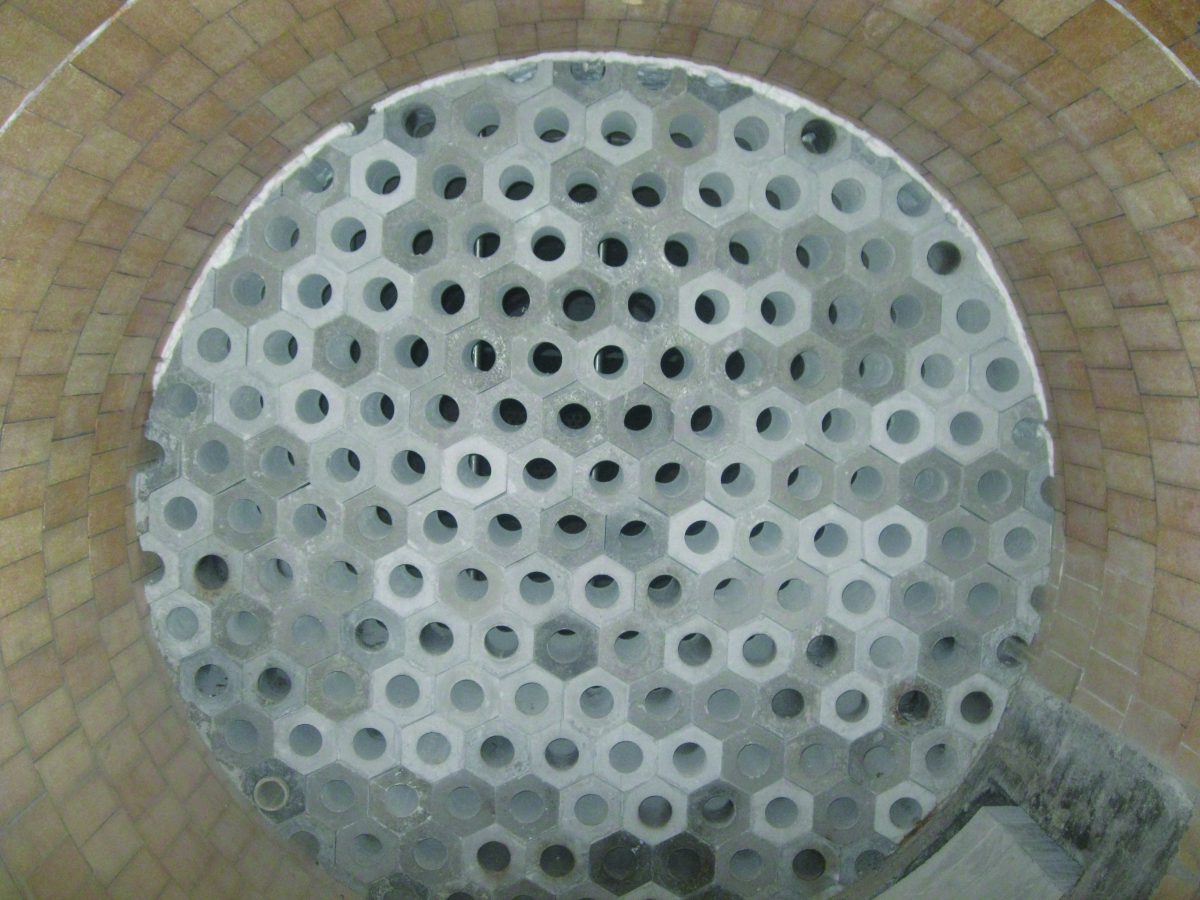
LedeNOx Incinerators
A LedeNOx incinerator is an oxidisation-reduction reactor and is the ideal design to achieve low NOx emissions whilst burning waste streams that contain Ammonia and bound Nitrogen. Part of the waste stream containing Ammonia is oxidised and forms NOx in the process. This NOx is then reduced by injecting the remaining Ammonia rich waste stream, where the Ammonia is used to promote a non-catalytic deNOx reaction and reduce NOx to Nitrogen and water.
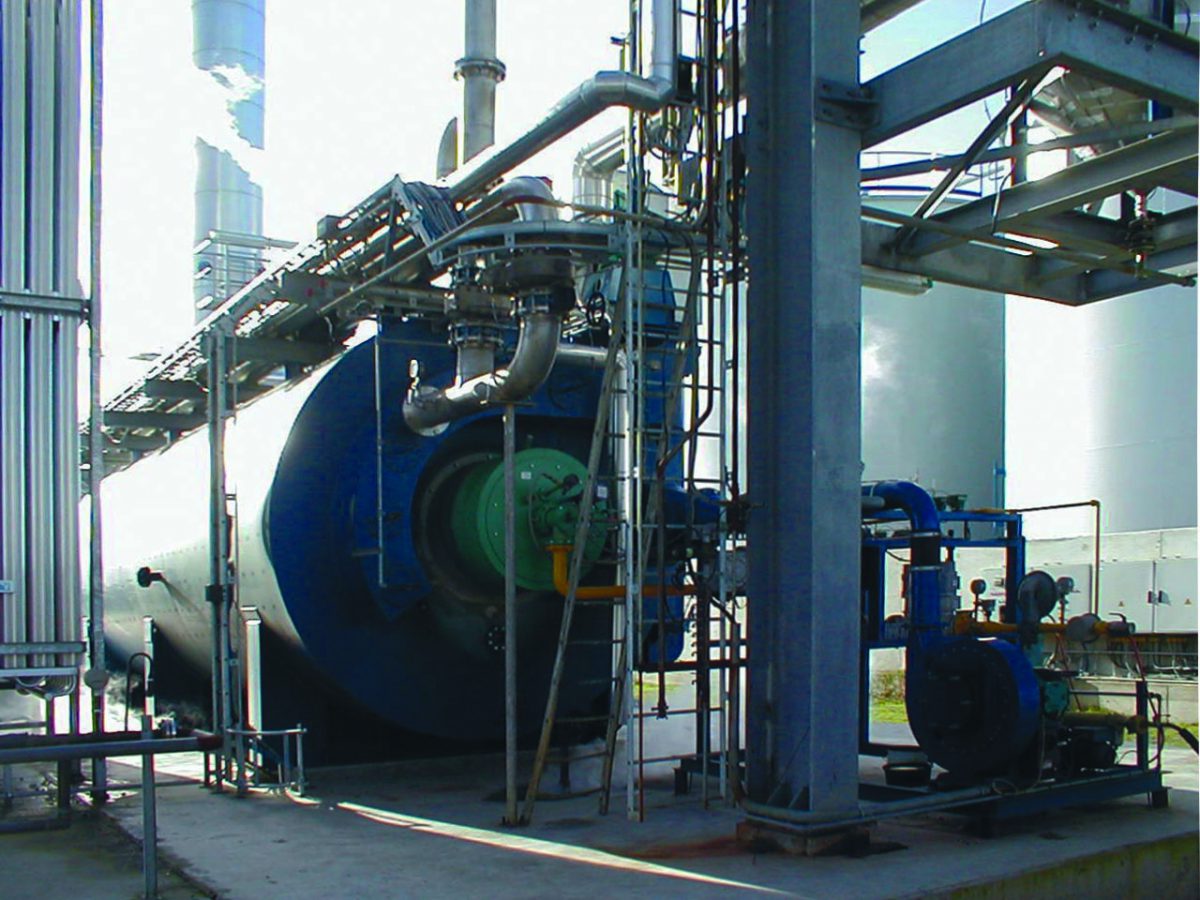
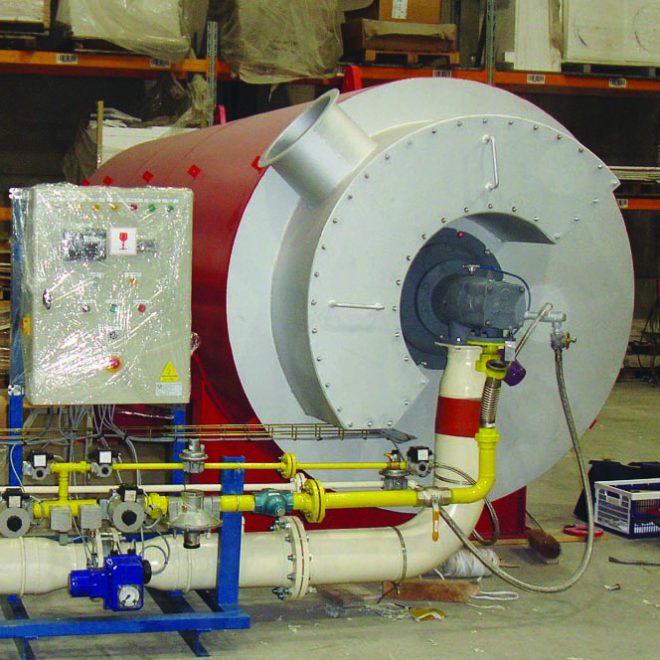
Key Advantages
- No need for SNCR or SCR deNOx to meet emission limits
- Ultra-low NOx combustion of waste streams with high bound Nitrogen or Ammonia contents
- Complete oxidisation and destruction of all hydrocarbons
- No CO formation
- Complete odour destruction
- Destruction efficiency over 99.999%

Key Features
- One combustion chamber with two mixing walls
- Part of the Ammonia containing waste is injected through the burner, part between the mixing walls
- Part of the Ammonia is oxidised to form NOx, whilst the remaining Ammonia is used to react with NOx to form N2
- The mixing walls ensure that the waste and combustion gases are mixed and also ensures a uniform temperature profile to improve the overall efficiency of the deNOx reaction
